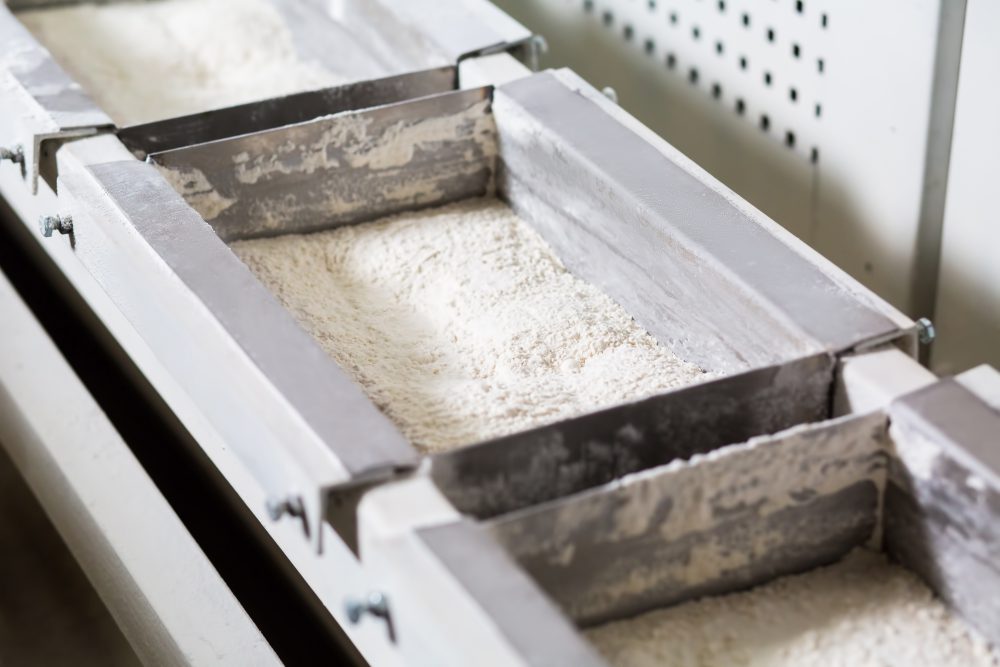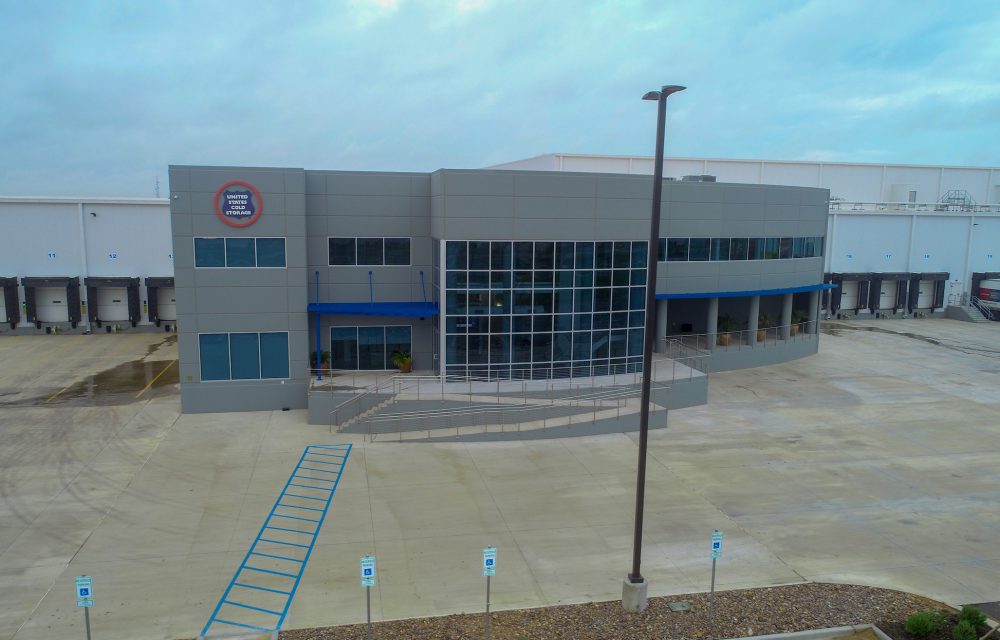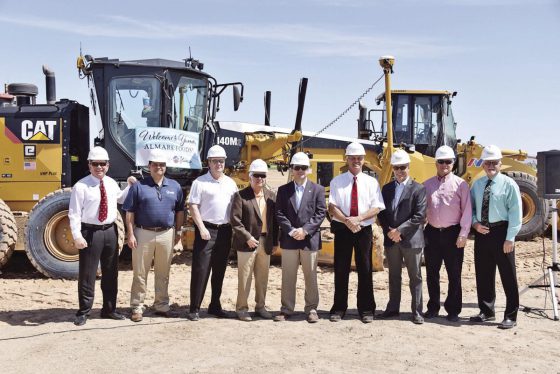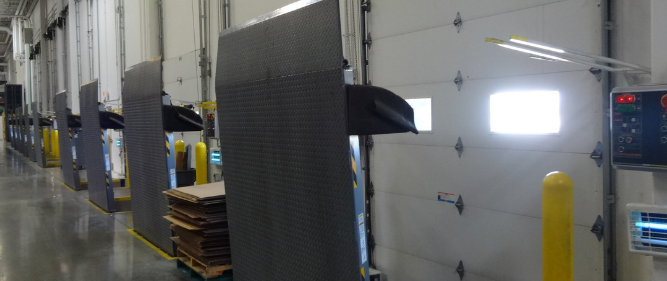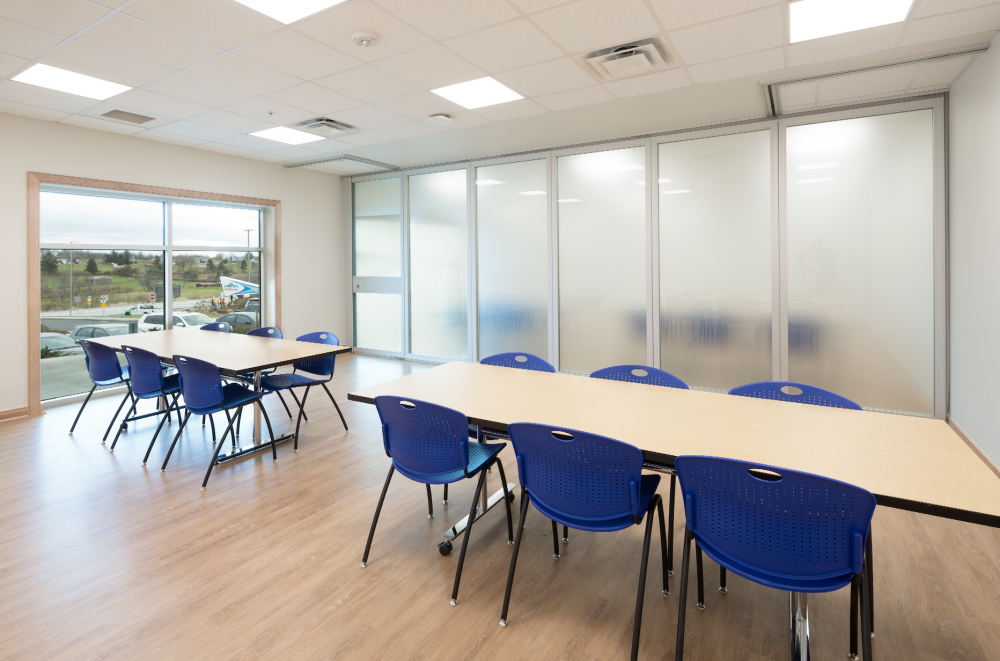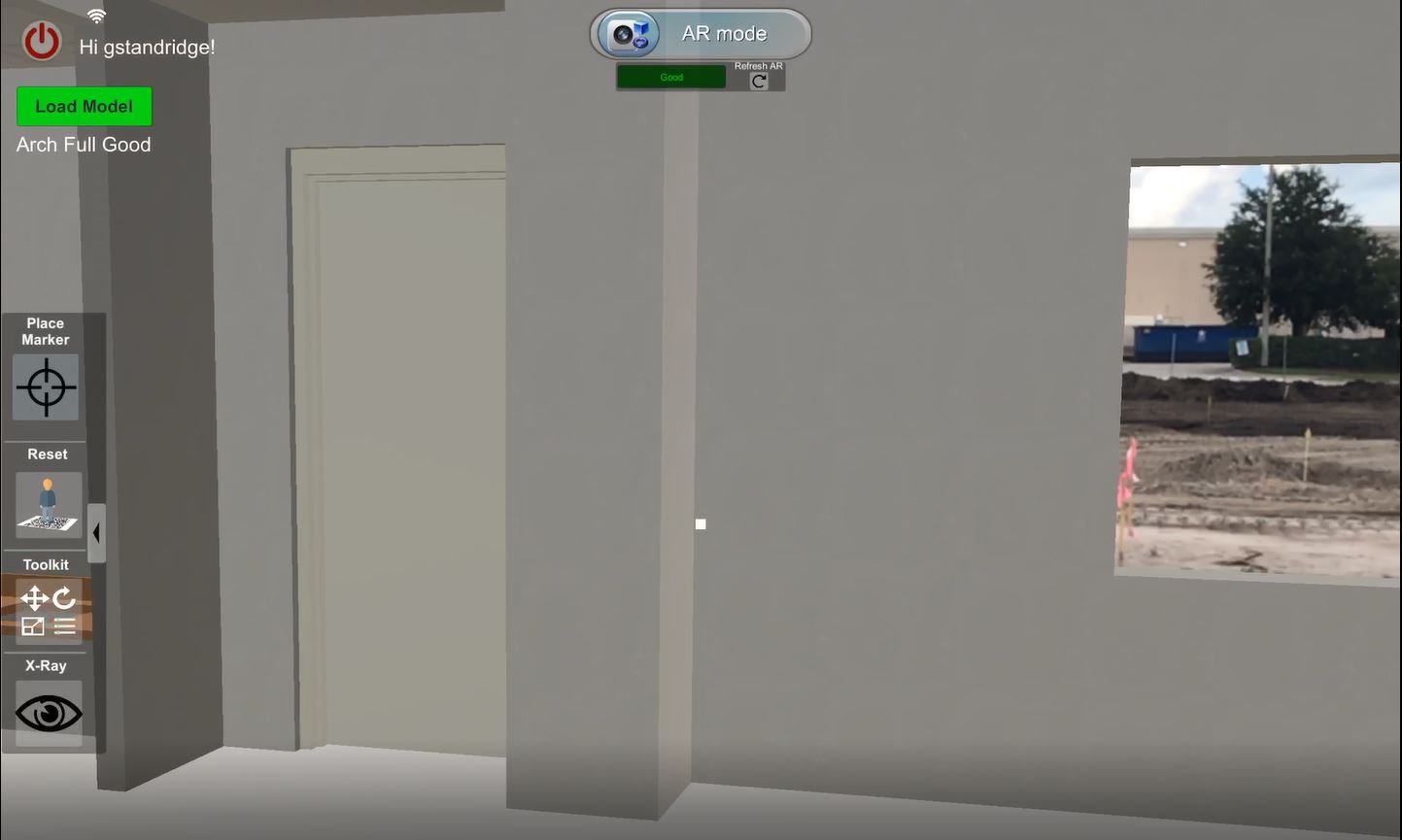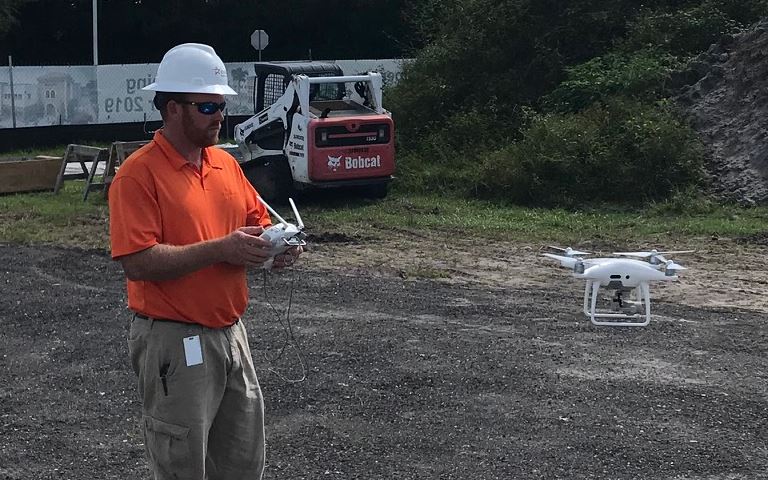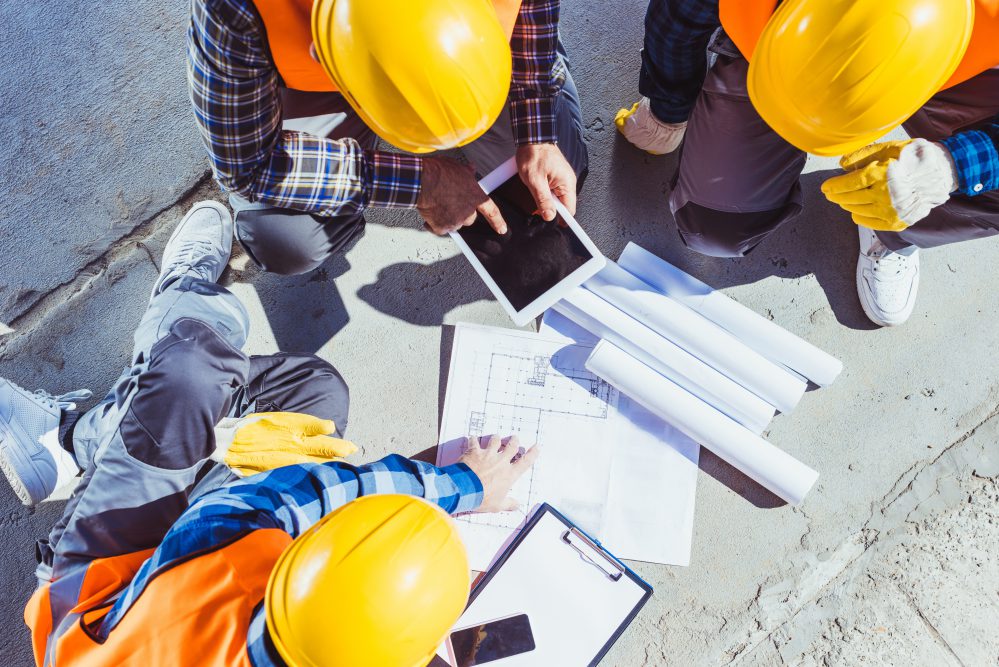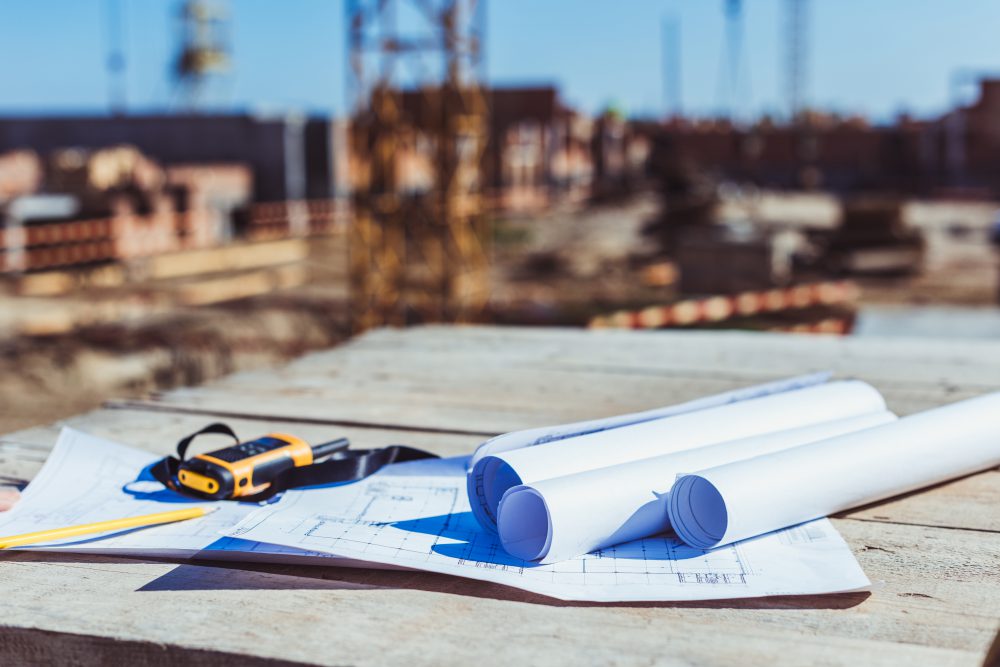When it comes to designing loading docks for today’s food and beverage manufacturing facilities, there are two main choices when it comes to dock levelers: ones that store horizontally and ones that store vertically.
Pit, or recessed, dock levelers store horizontally and are the most commonly found across all industries. This traditional style of leveler has been around for decades and is used in a variety of facilities.
Vertical storing dock levelers have emerged as a newer alternative to pit levelers, and they are a better choice for food and beverage facilities and refrigerated warehouses. They are hydraulic powered and stand upright inside the building when not in use.
Which option is best for your facility? If you are a food or beverage processor, a vertical leveler is likely your best bet. Let’s look at the advantages and disadvantages of this equipment to understand why.
Continue Reading “Pit Dock Levelers vs. Vertical Dock Levelers: Which Is Right for Your Food Plant Loading Dock?”



